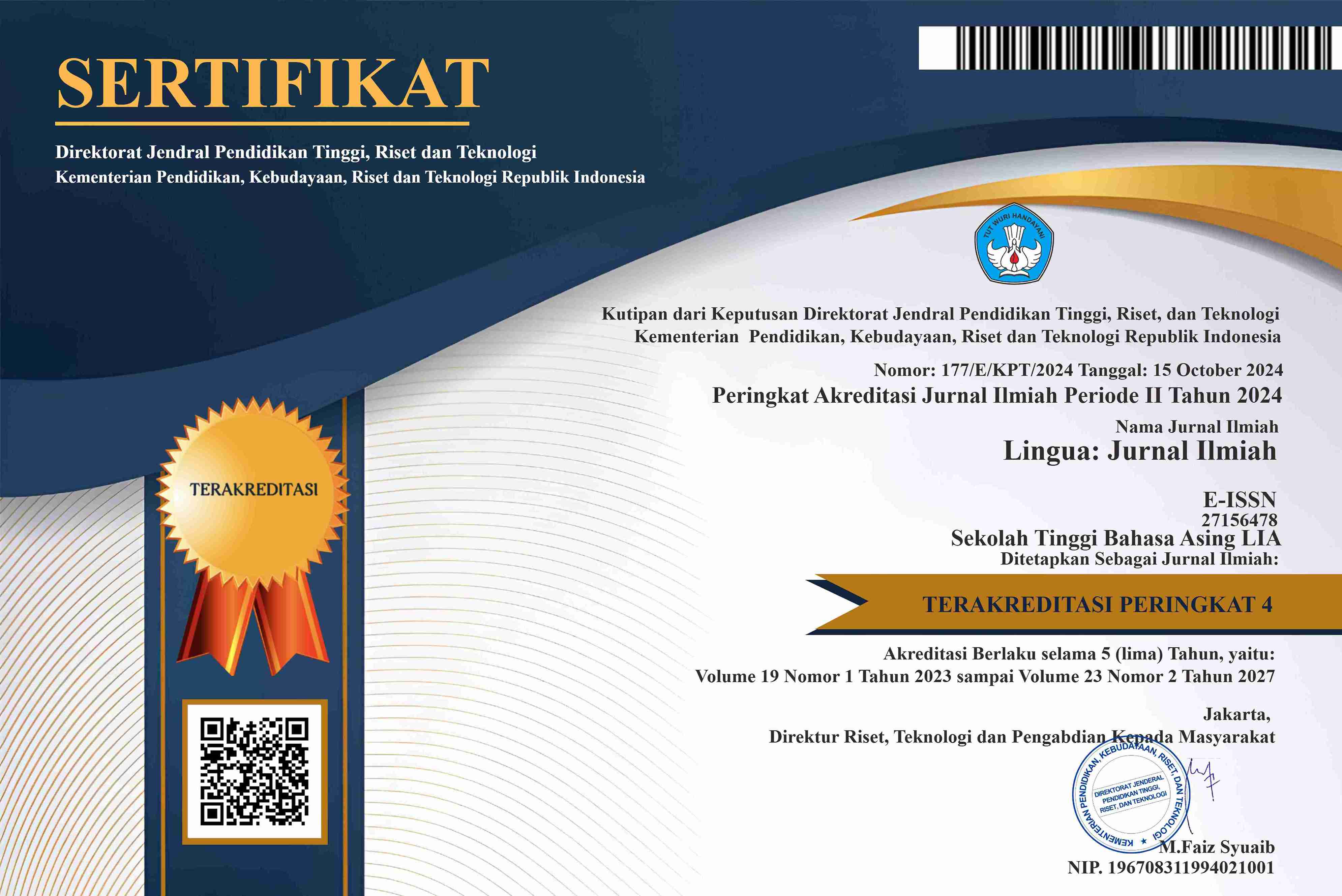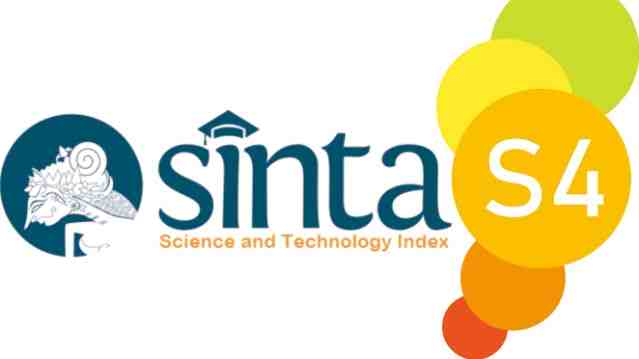TOTAL COMMUNICATION FOR HEARING-IMPAIRED STUDENTS IN LEARNING ENGLISH
Keywords:
Hearing-impaired Students, Learning English, Total CommunicationAbstract
This study aims to discuss the use of Total Communication (TC, henceforth), the
combinations of communication modes, and the reasons for using TC for hearing-
impaired (HI) students of English class at SLB PGRI Kamal. Teaching English to
them is believed to require more strategic approaches especially when compared to
students who do not have any hearing issues. The data are from four HI students at
SLB PGRI Kamal and their English teacher. In collecting the data, observation, note
taking and recording were used as the instruments in which during taking note and
observation, the researchers used phone recorder and phone camera to anticipate
the data from lost and for further analysis. The results show that there are seven
communication modes that were used. Those are lip-reading, sign language, images,
writing, Indonesian Alphabetic Symbol System (IAS), finger spelling, and speech.
Those modes are combined depending on the needs of the users (both English
teacher and HI students). Therefore, the researcher found six combinations of modes
in TC. Moreover, the researchers found five reasons for using TC for HI students in
the English classroom at SLB PGRI Kamal. It is because of its flexibility and
effectiveness in communication. Futhermore, TC gives chances to HI students to
learn to speak, write and read in English, and allow the HI students to make English
sounds and identify them.
Downloads
Published
How to Cite
Issue
Section
License
Copyright (c) 2024 Mohammad Halili, Mahbub Arham Arrozy

This work is licensed under a Creative Commons Attribution-NonCommercial-NoDerivatives 4.0 International License.












